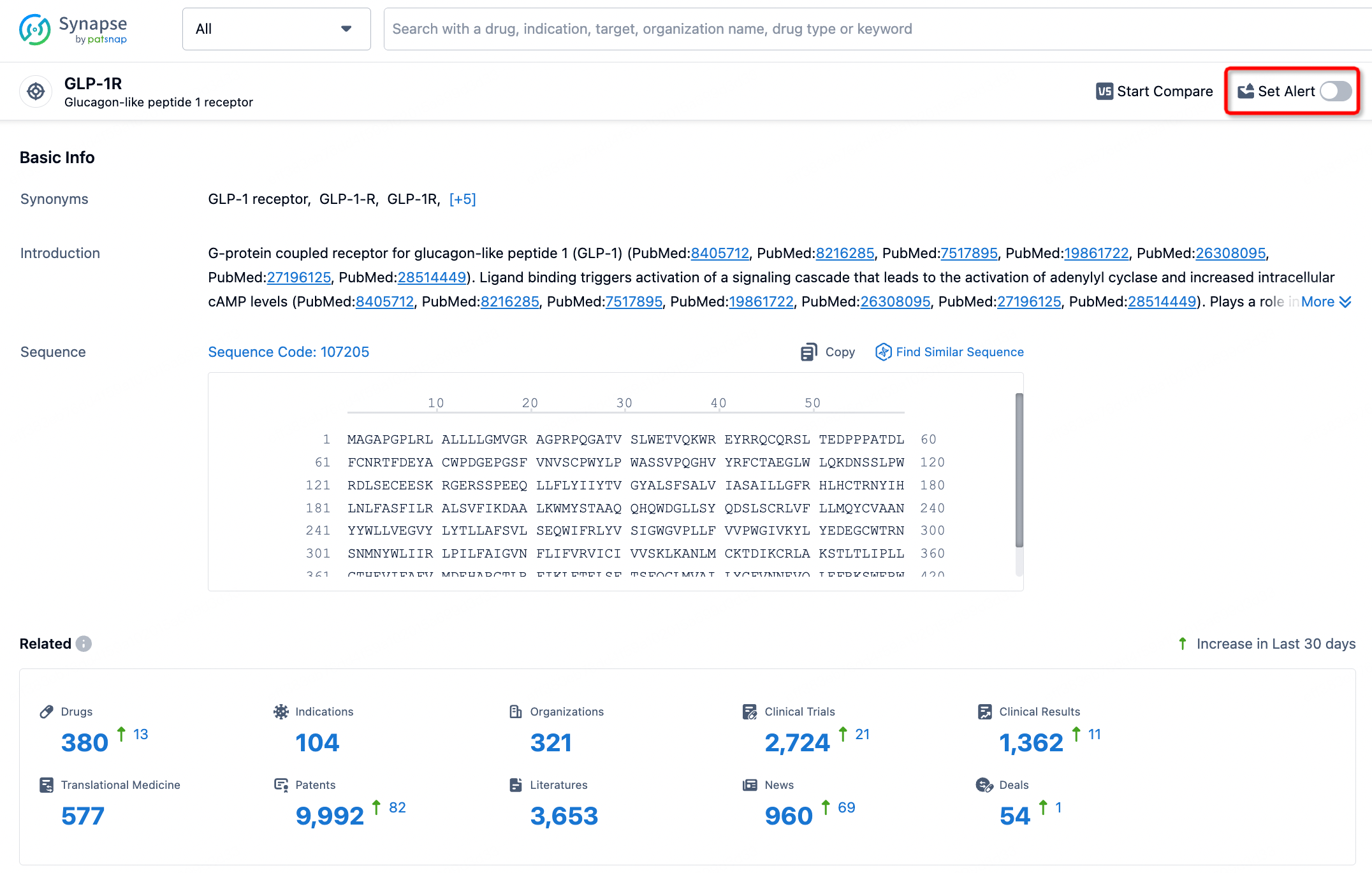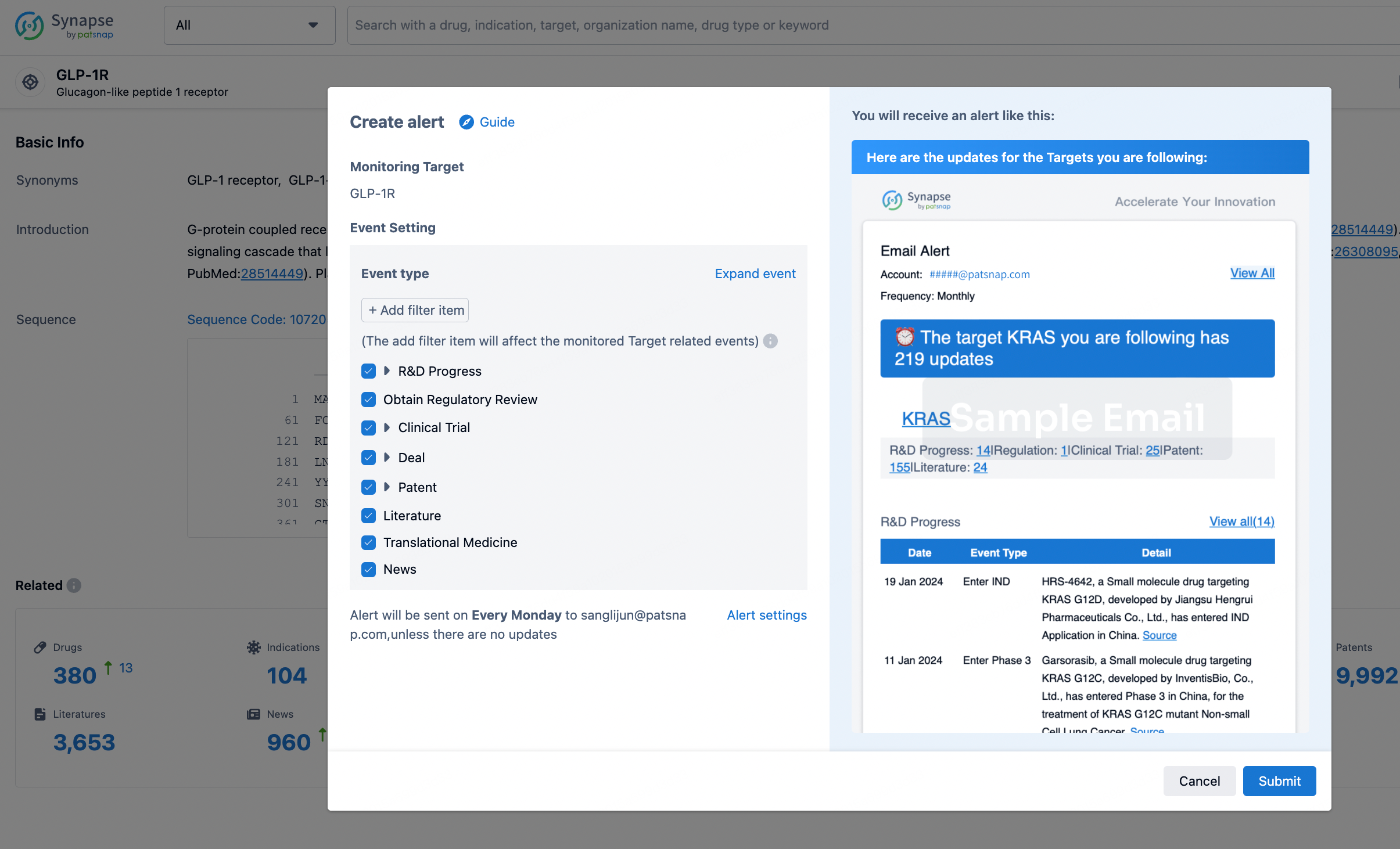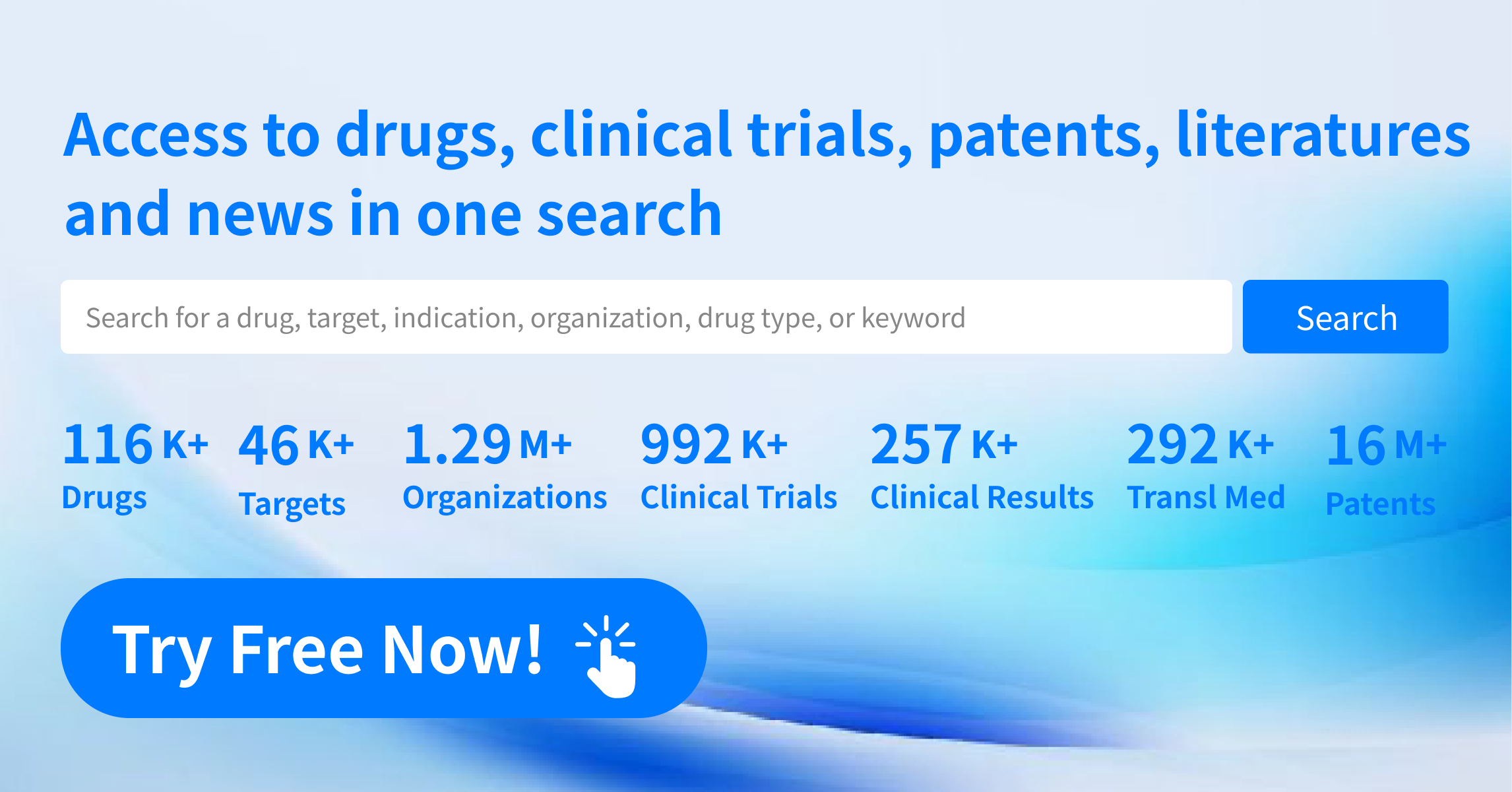Request Demo
What are SIK2 inhibitors and how do they work?
21 June 2024
Introduction to SIK2 inhibitors
SIK2 (Salt-Inducible Kinase 2) is a protein kinase that plays a crucial role in various cellular processes, including metabolism, cell cycle regulation, and stress responses. Over the years, scientific research has uncovered the significant role that SIK2 plays in numerous physiological and pathological conditions, particularly in cancer. Consequently, SIK2 inhibitors have emerged as a promising area of study, with potential therapeutic applications across a variety of diseases. Understanding what SIK2 inhibitors are and how they function is key to appreciating their potential impact on modern medicine.
How do SIK2 inhibitors work?
SIK2 inhibitors work by specifically targeting and inhibiting the activity of SIK2 enzymes. SIK2 belongs to the AMPK-related kinase family, which is known for its involvement in energy homeostasis and metabolic regulation. By inhibiting SIK2 activity, these inhibitors can modulate various downstream signaling pathways that the enzyme influences.
One primary mechanism through which SIK2 inhibitors function is by binding to the ATP-binding pocket of the kinase. This binding action prevents ATP from interacting with the enzyme, thereby blocking its ability to phosphorylate target proteins. As a result, the downstream signaling events that depend on SIK2's kinase activity are disrupted.
In cancer cells, for instance, SIK2 is often found to be overactive, promoting cell growth, survival, and proliferation. By inhibiting SIK2, these inhibitors can induce apoptosis (programmed cell death) and reduce the proliferation of cancer cells. This mechanism is particularly beneficial in cancers where SIK2 is implicated in the disease's progression, such as ovarian and prostate cancers. Additionally, SIK2 inhibitors can affect cellular metabolism, making cancer cells more susceptible to metabolic stress and less capable of sustaining rapid growth.
What are SIK2 inhibitors used for?
SIK2 inhibitors have shown promise in several therapeutic areas, primarily in oncology. Their ability to interfere with cancer cell growth and survival makes them attractive candidates for cancer treatment. Preclinical studies have demonstrated that SIK2 inhibitors can effectively reduce tumor growth in animal models of ovarian and prostate cancers. These findings have spurred interest in further developing these inhibitors for clinical use.
In addition to their potential in cancer therapy, SIK2 inhibitors are being explored for their role in metabolic diseases. Given SIK2's involvement in regulating glucose metabolism and lipid homeostasis, inhibiting this kinase could offer new avenues for treating conditions like type 2 diabetes and obesity. Research in this area is still in its early stages, but the initial results are promising.
Another emerging application for SIK2 inhibitors is in the treatment of inflammatory diseases. SIK2 has been implicated in the regulation of inflammatory responses, and inhibiting its activity could help mitigate chronic inflammation. This could have potential benefits for conditions such as rheumatoid arthritis, inflammatory bowel disease, and other autoimmune disorders.
Moreover, scientists are investigating the role of SIK2 inhibitors in neurodegenerative diseases. Given that SIK2 is involved in cellular stress responses, inhibiting this kinase could offer neuroprotective effects. This is particularly relevant in diseases like Alzheimer's and Parkinson's, where cellular stress and metabolic dysregulation play critical roles in disease progression.
In conclusion, SIK2 inhibitors represent a versatile and promising class of therapeutic agents with potential applications across a wide range of diseases. From cancer and metabolic disorders to inflammatory and neurodegenerative diseases, the ability of these inhibitors to modulate crucial cellular pathways offers hope for new and effective treatments. As research continues to advance, it is likely that the full therapeutic potential of SIK2 inhibitors will be realized, paving the way for innovative medical interventions in the near future.
SIK2 (Salt-Inducible Kinase 2) is a protein kinase that plays a crucial role in various cellular processes, including metabolism, cell cycle regulation, and stress responses. Over the years, scientific research has uncovered the significant role that SIK2 plays in numerous physiological and pathological conditions, particularly in cancer. Consequently, SIK2 inhibitors have emerged as a promising area of study, with potential therapeutic applications across a variety of diseases. Understanding what SIK2 inhibitors are and how they function is key to appreciating their potential impact on modern medicine.
How do SIK2 inhibitors work?
SIK2 inhibitors work by specifically targeting and inhibiting the activity of SIK2 enzymes. SIK2 belongs to the AMPK-related kinase family, which is known for its involvement in energy homeostasis and metabolic regulation. By inhibiting SIK2 activity, these inhibitors can modulate various downstream signaling pathways that the enzyme influences.
One primary mechanism through which SIK2 inhibitors function is by binding to the ATP-binding pocket of the kinase. This binding action prevents ATP from interacting with the enzyme, thereby blocking its ability to phosphorylate target proteins. As a result, the downstream signaling events that depend on SIK2's kinase activity are disrupted.
In cancer cells, for instance, SIK2 is often found to be overactive, promoting cell growth, survival, and proliferation. By inhibiting SIK2, these inhibitors can induce apoptosis (programmed cell death) and reduce the proliferation of cancer cells. This mechanism is particularly beneficial in cancers where SIK2 is implicated in the disease's progression, such as ovarian and prostate cancers. Additionally, SIK2 inhibitors can affect cellular metabolism, making cancer cells more susceptible to metabolic stress and less capable of sustaining rapid growth.
What are SIK2 inhibitors used for?
SIK2 inhibitors have shown promise in several therapeutic areas, primarily in oncology. Their ability to interfere with cancer cell growth and survival makes them attractive candidates for cancer treatment. Preclinical studies have demonstrated that SIK2 inhibitors can effectively reduce tumor growth in animal models of ovarian and prostate cancers. These findings have spurred interest in further developing these inhibitors for clinical use.
In addition to their potential in cancer therapy, SIK2 inhibitors are being explored for their role in metabolic diseases. Given SIK2's involvement in regulating glucose metabolism and lipid homeostasis, inhibiting this kinase could offer new avenues for treating conditions like type 2 diabetes and obesity. Research in this area is still in its early stages, but the initial results are promising.
Another emerging application for SIK2 inhibitors is in the treatment of inflammatory diseases. SIK2 has been implicated in the regulation of inflammatory responses, and inhibiting its activity could help mitigate chronic inflammation. This could have potential benefits for conditions such as rheumatoid arthritis, inflammatory bowel disease, and other autoimmune disorders.
Moreover, scientists are investigating the role of SIK2 inhibitors in neurodegenerative diseases. Given that SIK2 is involved in cellular stress responses, inhibiting this kinase could offer neuroprotective effects. This is particularly relevant in diseases like Alzheimer's and Parkinson's, where cellular stress and metabolic dysregulation play critical roles in disease progression.
In conclusion, SIK2 inhibitors represent a versatile and promising class of therapeutic agents with potential applications across a wide range of diseases. From cancer and metabolic disorders to inflammatory and neurodegenerative diseases, the ability of these inhibitors to modulate crucial cellular pathways offers hope for new and effective treatments. As research continues to advance, it is likely that the full therapeutic potential of SIK2 inhibitors will be realized, paving the way for innovative medical interventions in the near future.
How to obtain the latest development progress of all targets?
In the Synapse database, you can stay updated on the latest research and development advances of all targets. This service is accessible anytime and anywhere, with updates available daily or weekly. Use the "Set Alert" function to stay informed. Click on the image below to embark on a brand new journey of drug discovery!
AI Agents Built for Biopharma Breakthroughs
Accelerate discovery. Empower decisions. Transform outcomes.
Get started for free today!
Accelerate Strategic R&D decision making with Synapse, PatSnap’s AI-powered Connected Innovation Intelligence Platform Built for Life Sciences Professionals.
Start your data trial now!
Synapse data is also accessible to external entities via APIs or data packages. Empower better decisions with the latest in pharmaceutical intelligence.


